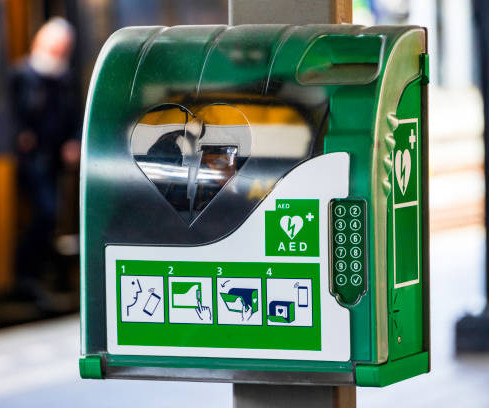SGEM#231: You’re So Vein – IO vs. IV Access for OHCA
The Skeptics' Guide to EM
SEPTEMBER 29, 2018
EMS arrives on scene and initiates high quality basic life support (BLS). However, no randomized trial has compared intravenous access to intraosseous access with a primary outcome of good neurologic function. Case: A 46-year-old man has a cardiac arrest at home, witnessed by family.


















Let's personalize your content